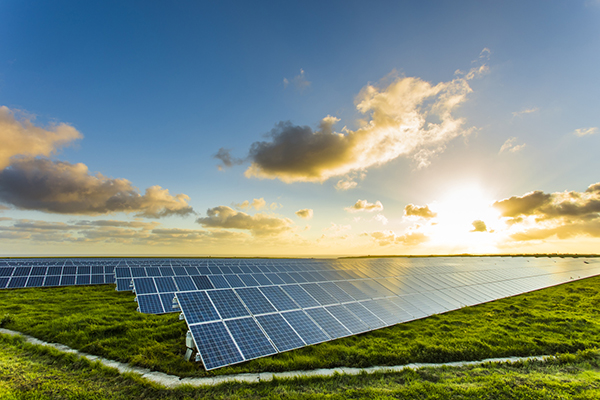Maihapa Ndjavera
The Institute for Public Policy Research (IPPR) has cautioned that while Namibia is making progress in building new electricity-generating capacity, progress is not fast enough, and will not be sufficient to completely replace imports. The IPPR stated that this precarious situation is likely to last several years until the end of the decade.
According to the research institute, 2022 saw Namibia being more reliant than ever on electricity imports.
“Namibia has long been a net importer of electricity from the Southern African Power Pool (SAPP), and has struggled over the decades to build new domestic generating capacity and become more independent. Despite greater renewable energy capacity, in 2022, Namibia imported more than 70% of the power required, as power supply from the key Ruacana hydroelectric power station dwindled,” reads the IPPR’s quarterly economic review from January to March 2023.
This imported power was supplied mainly by South Africa and Zambia. However, both these countries are suffering their own domestic power shortages, which are unlikely to be resolved in the near future.
The IPPR noted that the Ruacana power station recorded the lowest energy generated for the past 10 years (780GWh) due to the reduced rainfall in the Kunene River’s catchment area. This resulted in the Namibia Power Corporation (NamPower) having to import electricity at a high cost to ensure constant supply.
“NamPower identifies climate change as a key risk. Climate changes are resulting in rising global temperatures, erratic patterns of precipitation and more. This is evident in the significantly lower energy generated and dispatched by the Ruacana Power Station during the year due to very low Kunene River flows experienced specifically over the past four years,” reads the quarterly review.
Overall imports accounted for 71.2% of total electricity supply, making Namibia acutely vulnerable to developments in the rest of the region. The greater dependence on imports has come at a price, causing NamPower to record significant losses in 2022.
Furthermore, NamPower’s operational profitability worsened compared to the previous financial year, with it posting a loss in excess of N$2 billion at both group and company levels. For the first time in many years, earnings before interest, taxes, depreciation and amortisation (EBIDTA) came out negative, representing a serious blemish on NamPower’s performance scorecard. The power parastatal recorded an operating loss before net finance income of N$2.3 billion. EBIDTA is used as an indicator of the overall profitability of a business. Meanwhile, Cirrus Capital’s Rolland Brown provided some hope on a social media platform that Namibia is not likely to experience load shedding due of its low demand base. Focusing specifically on energy security, he observed that Namibia’s energy future looks good due to its current efforts, but did not deny the short-term challenges the sector might experience.


